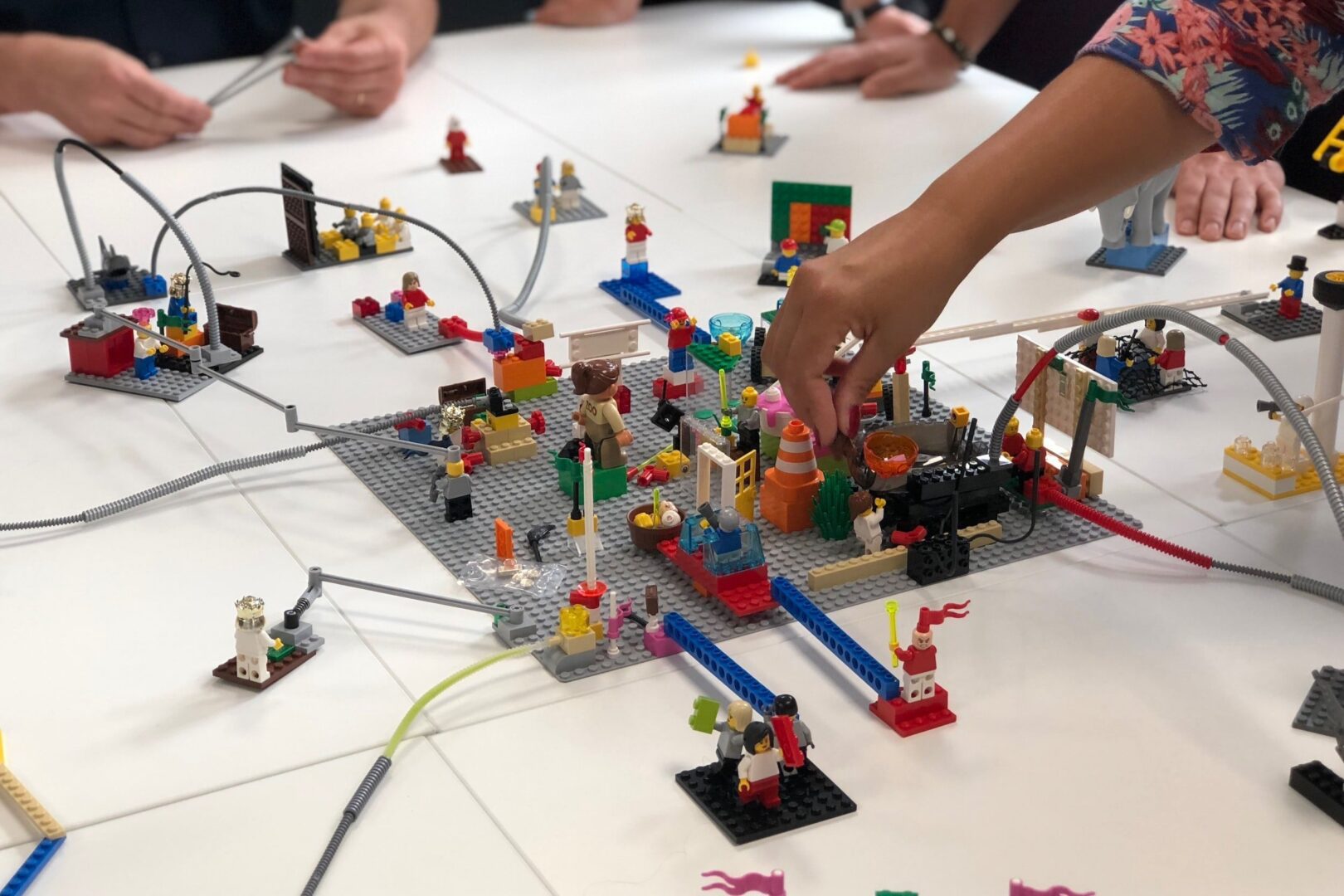Becoming an entrepreneur is no small feat. But doing so as a kid or teen? That can be downright daunting. One of the biggest hurdles to taking an idea to market is the giant leap required to transform a sketch into a gadget or a grand vision into a service-based business. But there is hope. It’s time to get familiar with three little letters: MVP.
Table of Content
MVP stands for minimum viable product. It’s a version of your product or service with just enough features to satisfy early customers and provide feedback for future development. Here, we’ll discuss what an MVP is, why it’s important, and how to create one.
What is an MVP?
An MVP is a product or service that is created with the minimum set of features required to satisfy early customers and get feedback for future development. The goal of an MVP is to quickly and efficiently test your product among its potential customers, gather feedback, and use that feedback to improve your product or service before investing too much time, energy, or money in something that isn’t quite right.
Why is an MVP important?
While the term is common among deep-pocked “grown up” entrepreneurs, an MVP is especially important for teen entrepreneurs for several reasons:
-
Cost-effective: An MVP allows you to test your product or service with as little investment as possible. This means you can get your product to market faster and at a lower cost, which is crucial for small businesses.
-
Feedback-friendly: An MVP allows you to gather feedback from early customers and use that feedback to improve and refine your product. This helps ensure that you’re on the right track creating a product that people will actually want.
-
Faster time-to-market: Creating an MVP allows you to get your product to market faster, which can give you a competitive advantage over other businesses.
Okay, I’m sold. But how do I create an MVP?
Creating an MVP doesn’t have to be complicated. Here are some steps to follow:
-
Define your target audience: Before creating your MVP, you need to define your target audience. Who are your most likely initial customers? What problems do they have that your product or service can solve?
-
Determine the core features: Once you know your target audience, determine the core features of your product or service that will solve their problems. Focus on the most important features that will provide the most value to your early customers.
-
Build your MVP: Build your MVP with the core features you identified in step 2. Keep it simple and avoid adding unnecessary features. The goal is to get your product to market as quickly as possible so you can gather feedback.
-
Test your MVP: Test your MVP with your target audience. Gather feedback and use it to improve and refine your product. Iterate until you have a product that meets the needs of your target audience.
What are some examples?
Let’s say you have visions of starting a bakery. An MVP for such a business might be a simple order form with a monthly “drop” date for hand-delivered baked goods. If that takes off, the next level might be a weekly offering baked out of a shared kitchen. Not into baking? An MVP for an app might be a pen-and-paper sketch, followed by an interactive PowerPoint that gives users a practice run at navigating the interface.
Building an MVP is a crucial step in starting a business as a teen entrepreneur. It allows you to test your product or service with minimal investment, gather feedback from early customers, and refine your product over time. By following the steps outlined above, you can create an MVP that will help you launch your business successfully.

